Vladimir Godnik via Getty Images" src="https://s.yimg.com/ny/api/res/1.2/NkEqPPBQiSoPAjlQiY43OA-/YXBwaWQ9aGlnaGxhbmRlcjt3PTk2MDtoPTg0OQ-/https://media.zenfs.com/en/the_conversation_us_articles_815/7272e12aa1b80e 8a1883c1b7edf0055d" data-src= "https://s.yimg.com/ny/api/res/1.2/NkEqPPBQiSoPAjlQiY43OA-/YXBwaWQ9aGlnaGxhbmRlcjt3PTk2MDtoPTg0OQ-/https://media.zenfs.com/en/the_conversation_us_articles_815/7272e12aa1b80e8a18 83c1b7edf0055d"/>
Between music, podcasts, gaming and the unlimited supply of online content, most people wear headphones for hours each week. You may be considering a new pair for the holidays, but with so many options on the market it can be difficult to know what to choose.
I am a professional musician and professor of music technology who studies acoustics. My work explores the intersection between the scientific, artistic and subjective human elements of sound. When choosing the right headphones you need to consider all three of these aspects, so what makes for a really good pair?
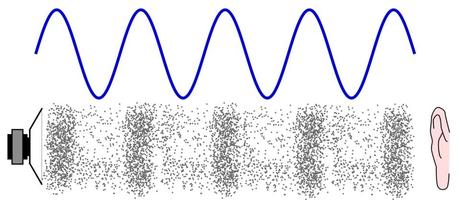
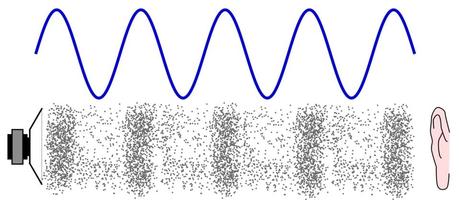
What exactly is sound?
In physics, sound is made from air vibrations that consist of a series of high and low pressure zones. These are the cycles of a sound wave.
Counting the number of cycles that occur per second determines the frequency or pitch of the sound. Higher frequencies mean higher pitches. Scientists describe frequencies in hertz, so a 500 Hz sound goes through 500 complete cycles of low and high pressure per second.
The loudness or amplitude of a sound is determined by the maximum pressure of a wave. The higher the pressure, the louder the sound.
To create sound, headphones convert an electrical audio signal into these cycles of high and low pressure that our ears interpret as sound.
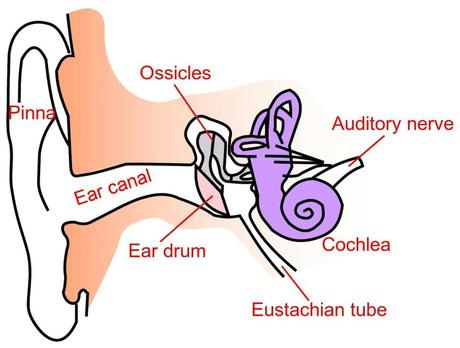
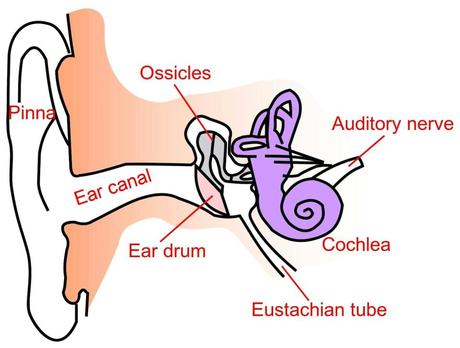
The human ear
Human ears are incredible sensors. The average person can hear a huge range of pitches and different loudness levels. How does the ear work?
When sound enters your ear, your eardrum translates the air vibrations into mechanical vibrations of the tiny middle ear bones. These mechanical vibrations become smooth vibrations in your inner ear. Sensitive nerves then convert these vibrations into electrical signals that your brain interprets as sound.
Although humans can hear a range of pitches from roughly 20 Hz to 20,000 Hz, human hearing does not respond equally well to all frequencies.
For example, if a low-frequency rumble and a higher-pitched bird have the same loudness, you would actually perceive the rumble as quieter than the bird. In general, the human ear is more sensitive to midrange frequencies than low or high tones. Researchers think this may be due to evolutionary factors.
The story continues
Most people don't know that hearing sensitivity varies and honestly should never have to consider this phenomenon - it's just how people hear. But headphone engineers should certainly consider how human perception differs from pure physics.

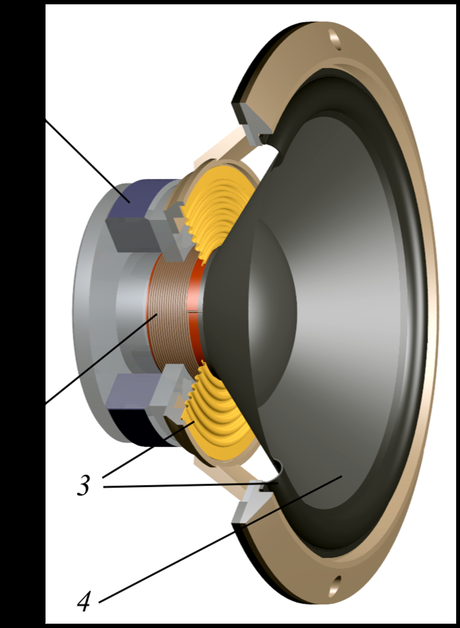
How do headphones work?
Headphones - both larger ones that sit over your ears and small earbuds - are just small speakers. Simply put, speakers do the opposite of your ear: they convert the electrical signals from your phone, record player or computer into vibrations in the air.
Most speakers consist of four components: a stationary magnet, a coil of wire that moves back and forth around that magnet, a diaphragm that pushes air, and a suspension that holds the diaphragm.
Electromagnetism states that when a wire is wrapped around a magnet and the current in the wire changes, the magnetic field around the wire changes proportionally. When the electrical signal from a song or podcast pulses through the wires of headphones, it changes the current and moves the magnet. The magnet then moves the diaphragm in and out - a bit like a plunger - pushing and compressing air, creating pulses of high and low pressure. This is the music you hear.
Ideally, a speaker would perfectly convert the electrical signals from the input into sound reproduction. However, the real physical world has limitations. Things like the size and material of the magnet and diaphragm all prevent a speaker from perfectly matching its output to its input. This leads to distortion and some frequencies become louder or softer than the original.
While no pair of headphones can reproduce the signal perfectly, there are an infinite number of different ways to distort that signal. The reason two equally expensive headphones can sound or feel different is that they distort things in different ways. When engineers build new headphones, they must consider not only the way the human ear distorts sound, but also the physical limitations of each speaker.


Listener preference
As if all the complications of ears and speakers weren't enough, listeners themselves play a big role in determining what constitutes a "good" pair of headphones. Aspects such as age, experience, culture and preference for music genres all influence the type of frequency distortion someone prefers. Headphones are as much a matter of personal taste as anything else.
For example, some people prefer bass-heavy headphones for hip-hop music, while classical music listeners may want less frequency distortion. But music or recreational listening aren't the only things to consider. Headphones for the hearing impaired can emphasize frequencies from approximately 1,000 Hz to 5,000 Hz, as this helps make speech more understandable.
You could certainly play a hip-hop song through headphones designed for the hearing impaired, but most people agree that the results won't sound very good. Making sure the headphones you choose fit the way you'll be using them can help you determine what will sound good.
Ultimately, the science of headphone design, the artistry of the content creators, and the human experience intersect to shape the perception of "good" headphones. Despite all these moving pieces, there's one surefire way to know if headphones are any good: pick a good song and put them on! Because when all the features align, good headphones can give you the opportunity to be transformed by sound.
This article is republished from The Conversation, an independent nonprofit organization providing facts and trusted analysis to help you understand our complex world. It was written by: Timothy Hsu, IUPUI Read more: Timothy Hsu is a member of the Acoustical Society of America and a board member of the Indiana Section of the Audio Engineering Society.